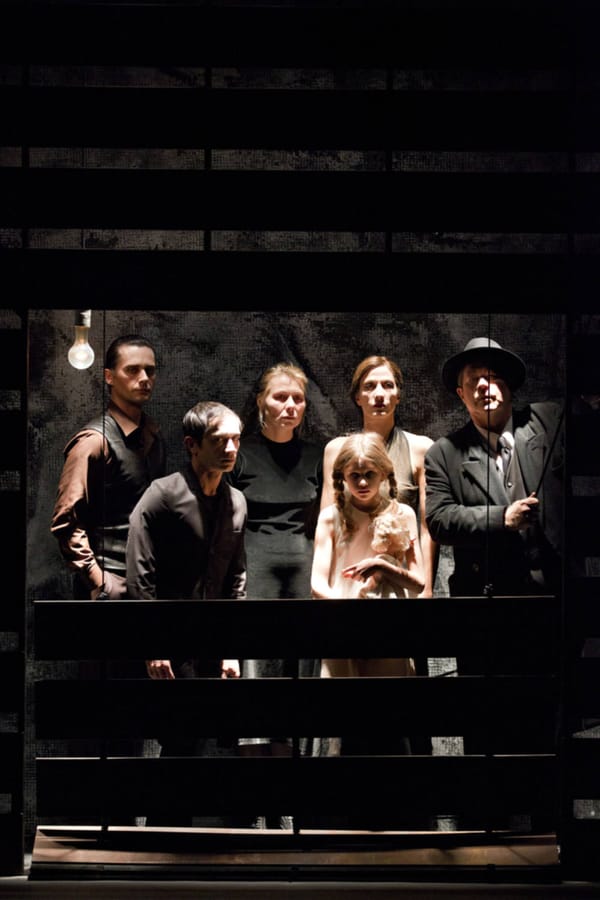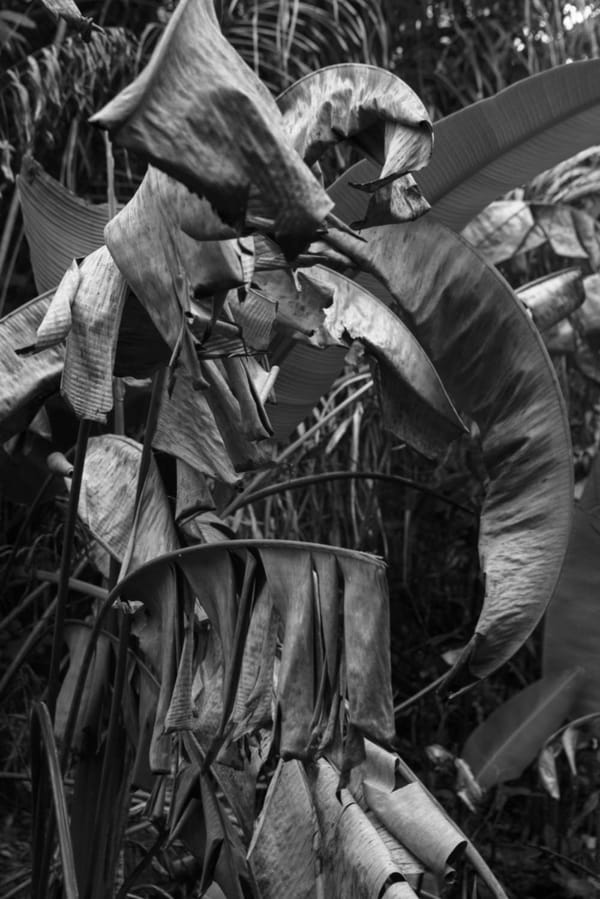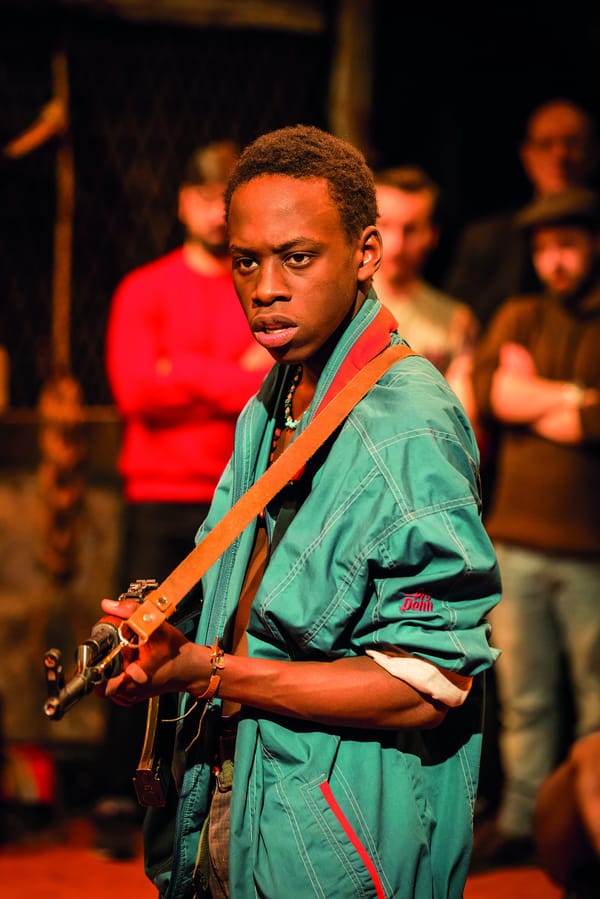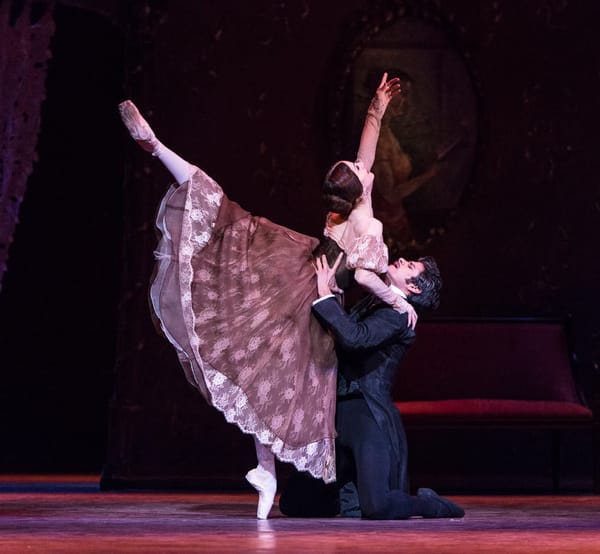The Mastersingers of Nuremburg – spectacular in every way
Emiel de Lange examines whether the ENO can grapple with Wagner’s masterpiece
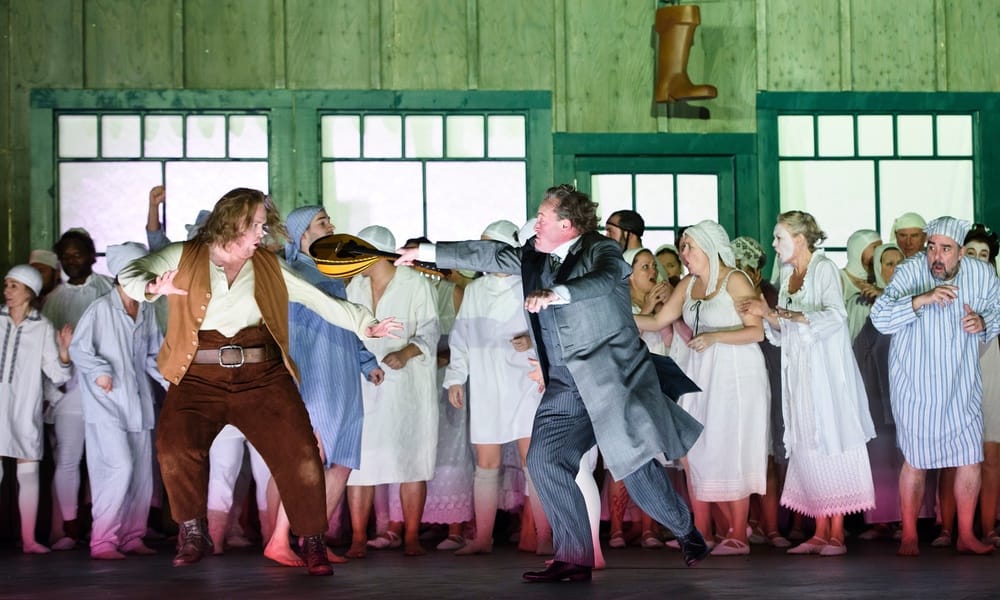
Hyperbole has never been my enemy, and I won’t shy from it now; Wagner’s The Mastersingers of Nuremberg is one of the pinnacles of Western art. But works of such scope and breadth of vision are notoriously difficult, and expensive, to perform. Opera houses must offer enlarged orchestras, vast crowds of singer-actors, numerous sets, and the scores demand almost superhuman abilities from the principle cast. With this production, the English National Opera has created something that delivers all this, and fully lives up to the mind-blowing depths of Wagner’s vision.
Briefly sketched, our comic story concerns a wandering knight, Walther, who must win a song contest in order to marry the lovely Eva. Eva’s father is a member of the Mastersingers Guild (a true historical guild), and has initiated the competition on condition that the singer be judged according to the rules of the guild. Walther is not a member of the guild and has no knowledge of its strict rules and traditions. Furthermore, he is up against the scheming town clerk Beckmesser, who is desperate to win and who holds the role of ‘marker’ for the guild, although he lacks talent. Luckily, the benevolent cobbler Hans Sachs, also a mastersinger, recognises the love between Eva and Walther and is willing to help them succeed.
The ENO’s new production should enjoy broad appeal, and handles the finer points with tact.
Against this backdrop of medieval Nuremberg, with its artistic guilds, Wagner spins a masterful web of verse & music that explores the value, purpose & social role of art. The masterstroke is the use of art to discuss art and in doing so Wagner’s score is both daringly modern and firmly rooted in operatic tradition – as is the song performed by Walther and written under Sachs’s instruction. The score cleverly performs the dual function of simultaneously illustrating and commenting on the various musical philosophies of the characters. It is musically innovative in the manner expected of Wagner: a continuous unending texture of motifs bound together with the most expressive harmony imaginable. Yet, Wagner uses old devices that he dismissed in his writings and abandoned in his other work for their contrivance: rhymed verse, quintets, arias – opera by numbers – and even a short ballet in the third act. The resulting music is so expressive that it can somehow encompass antithetical states simultaneously, or carry the full and undivided force of love, rapture or anxiety, depending on the stage action. On top of all this, The Mastersingers is surprisingly hilarious!
The plot is full of antitheses. The rigid traditionalism of the Mastersinger’s Guild is at odds with Walther’s free & spontaneous expression through song. Their sophisticated and exclusive art battles against the coarse music of the illiterate, which has broad appeal among Nuremberg’s public. What Wagner tells us and demonstrates for us, through his mediator Hans Sachs, is that art should take a middle ground between these oppositions. It should speak directly to people of any background, yet not lose its ability to explore nuanced and difficult topics with sophistication. Art should be innovative and strive to find new means of expression if it is to stay relevant, but must honour its cultural predecessors if it is to be intelligible. The Mastersingers both espoused this philosophy and embodied it with great success; within a year it was performed all over Germany and became a symbol for the unification of the country. In modern Britain, it is hard to imagine how an opera – a form seen as elitist – could have such relevance. Although I doubt it will change this fact, the ENO’s new production should enjoy broad appeal, and handles the finer points with tact. History has tainted_ The Mastersingers_’ reputation, and presented problems for directors. Having been appropriated by the Nazi party, Sachs’ final monologue has been dressed in rather sinister clothes. After celebrating the value of the guild’s traditions and the German cultural heritage, Sachs warns of foreign influence: “What is German and true none would know, if it did not live in the honour of German masters.”
Throughout the 20th Century, many directors, particularly in America, have decided to cut this scene or intervene in other ways, fearing its nationalistic tone. It is however, important to understand that these words would have sounded very different in 19th Century Germany than they do to us in a post-Nazi Europe. A more sympathetic interpretation of the monologue might be suggested. As we have discussed, Wagner often writes on the importance of art as a communication between people of shared cultural & linguistic heritage. He believed that German art could only provide all its riches to German people, who would share in a rich set of cultural contexts necessary to fully understand it. This applies to any group of people, and while not entirely innocent, this view is certainly far less sinister than those circulated in the early 20th Century. In this ENO production, the director, Richard Jones, has dealt with the issue intelligently and appropriately. As the opera closes, the Nurembergers hold up the faces of German cultural heroes: composers, artists, writers, filmmakers, actors and architects; and celebrate their contributions to human thought.
The ENO has created something that fully lives up to the mind-blowing depths of Wagner’s vision.
Jones shows his intelligence and skill throughout. The production is slick, dynamic and frequently very funny. The sets seem to depict some sort of simplified reality, but retain detail where it matters. The crowds are used brilliantly to depict in one moment a chaotic riot, and at the other the solemn uniformity of the church – the chorus is excellent. Musically, Edward Gardner conducts a modern Mastersinger, shedding the bombast and weight of previous interpretations in favour of flexibility and sensitivity. The orchestra has moments of utter brilliance, and only loses its composure when the on-stage brass is added to the mix – a crucial mistake which I trust will be addressed in subsequent performances.
All the cast is excellent but, as is understandable in such a long performance, shows inconsistencies here and there. Gwyn Hugh Jones plays a passionate and pre-occupied Walther. His love, Eva, is portrayed by Rachel Nicholls with grace, but perhaps she lacks the spontaneity that would really allow us to relate to her character. The antagonist, Beckmesser (Andrew Shore), was handled less well, although the blame for this should lie with the director. His humiliation in the second act is so complete and absolute that his further scheming in the third seems forced and incongruent. Wagner’s great coup of world-play at the finale, which should serve to finally rule out Beckmesser’s pretensions, is served weak and cruel. In fact, due to the translation to English the genius of this scene is missed entirely.
I do have to say that Shore plays the part with near-perfect comedic instincts and has the voice to match. Hans Sachs is of course the keystone in the opera, and, in one of the longest roles in operatic existence, he sees what others do not see and manoeuvres the story to its conclusion. Iain Paterson debuts in this marathon and does so with stunning confidence and humanity – he is sure to become one of the great Wagner singers of his generation.
I am sure that the name of Richard Wagner has passed over your ears at some point or another. In any case, you will have felt his influence, whether in film music or more academic genres. If you are at all curious, this is the production to see. It is not only enjoyable and funny, but deals with Wagner’s difficult themes head-on, with sophistication, and a no-nonsense approach.
The Mastersingers of Neurenberg is on until the 10th March. Tickets available online.

